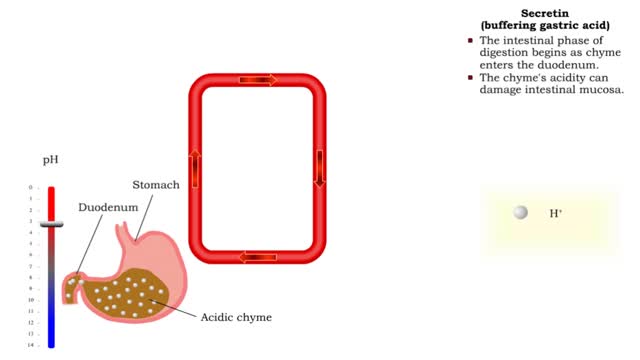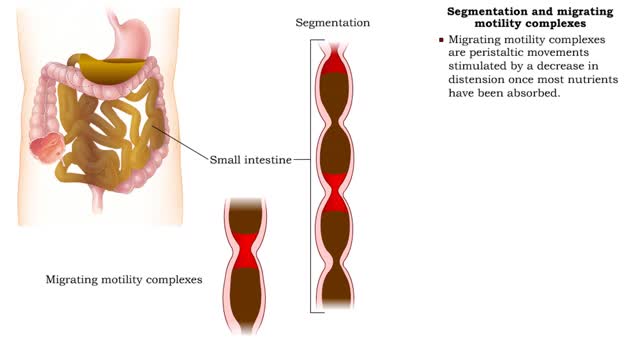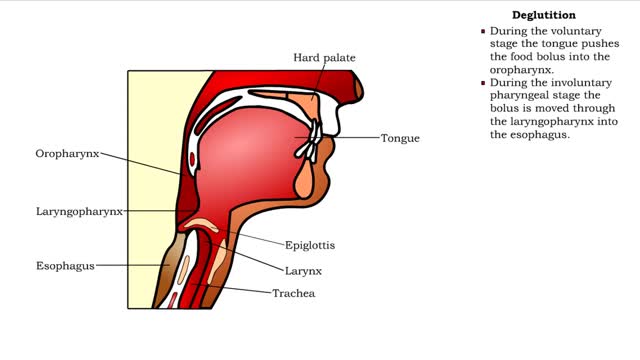Stomach peristalsis & Enterogastric reflex
By: HWC
Date Uploaded: 01/30/2020
Tags: homeworkclinic.com Homework Clinic HWC Stomach peristalsis mixing waves pyloric sphincter chyme parasympathetic nervous system duodenum esophagus Enterogastric reflex intestinal cell erosion gastric acid
• Food enters, distending the stomach. • Stretch receptors activate enteric reflexes that promote peristaltic movements. • These movements, called mixing waves, begin to mix the food with stomach secretions. • Mixing waves force the digesting food (chyme) toward and through the pyloric sphincter. • Most food does not exit the stomach, so it moves back and forth in a churning digestive motion. • The parasympathetic nervous system stimulates digestive movements in the stomach. • The enterogastric reflex is triggered when more and more chyme leaves the stomach, distending the stretch receptors in the duodenum. • The enterogastric reflex: • Inhibits excessive amounts of chyme entering the duodenum. • Reduces intestinal cell erosion by limiting inflow of gastric acid. • Increases duration of digestion of chyme before it is moved to the small intestine. • The motor impulses in this reflex are sympathetic.
Add To
You must login to add videos to your playlists.
Advertisement












Comments
0 Comments total
Sign In to post comments.
No comments have been posted for this video yet.